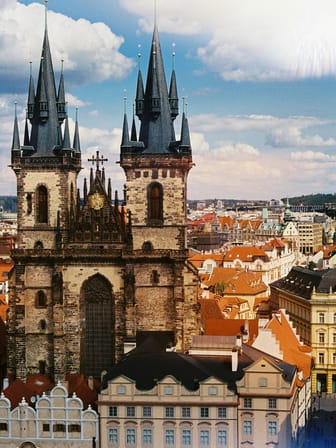Šternberský Palace
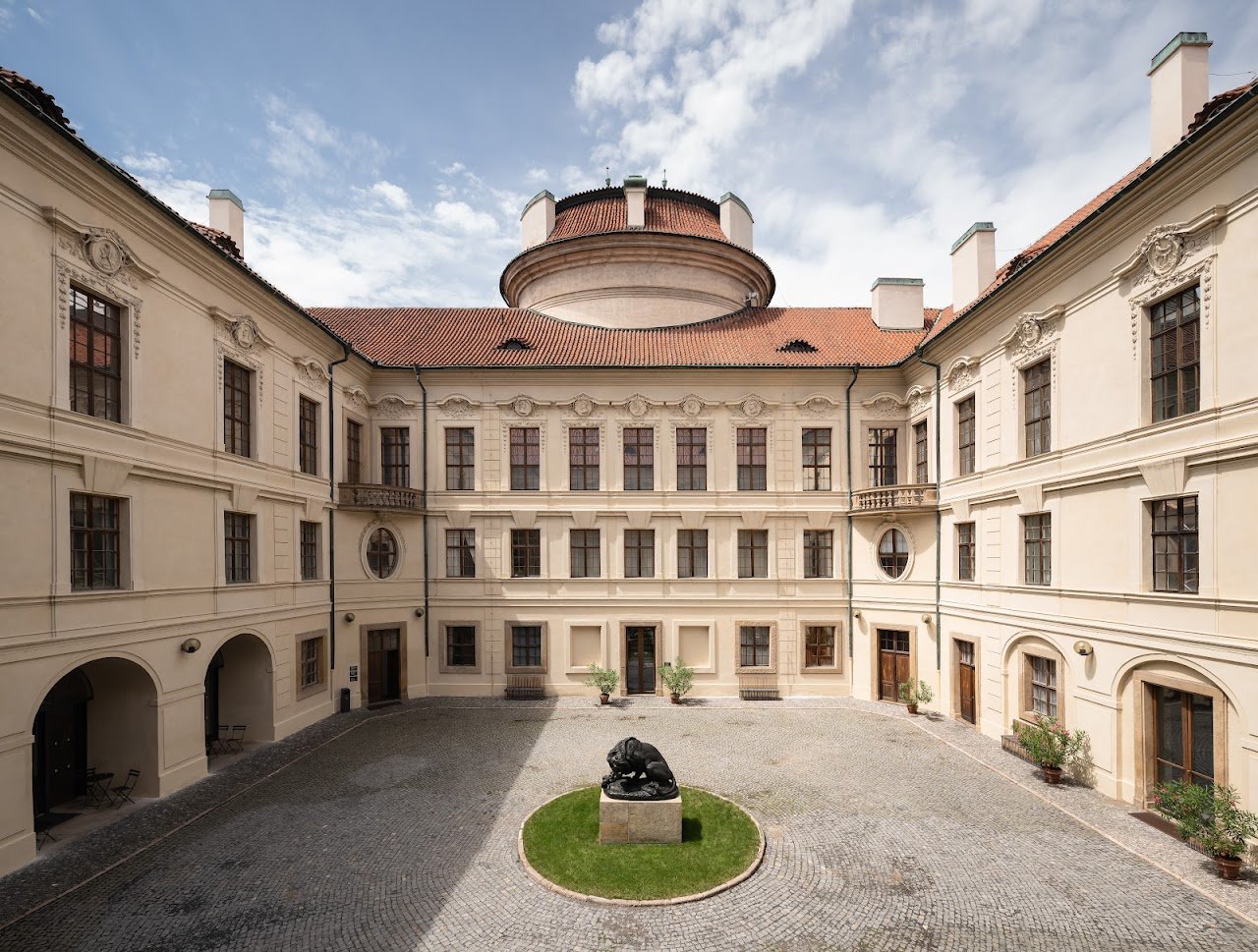
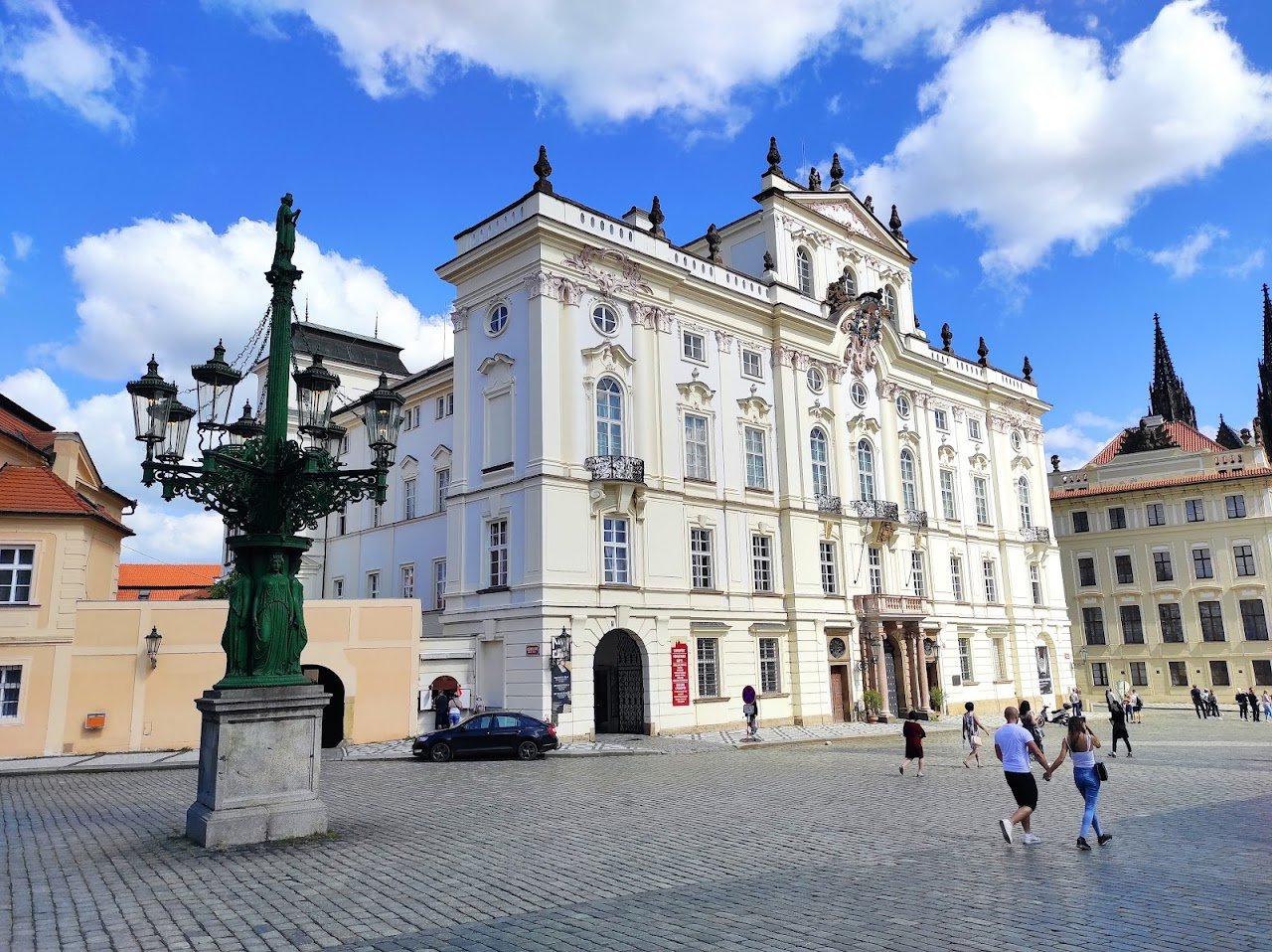
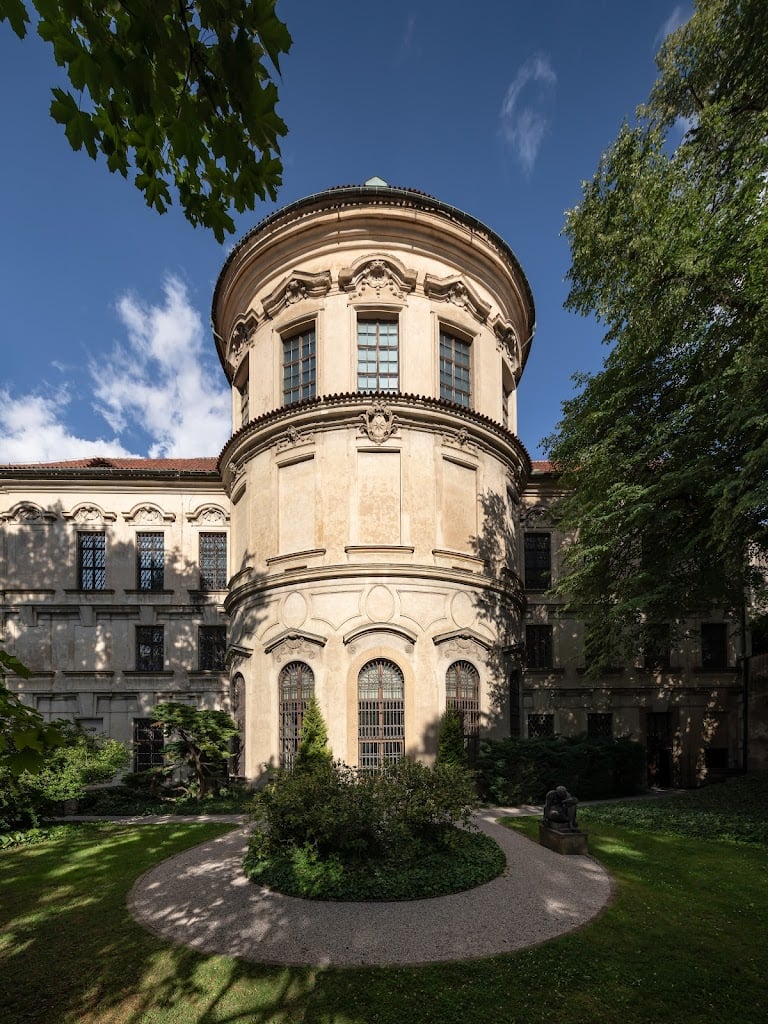

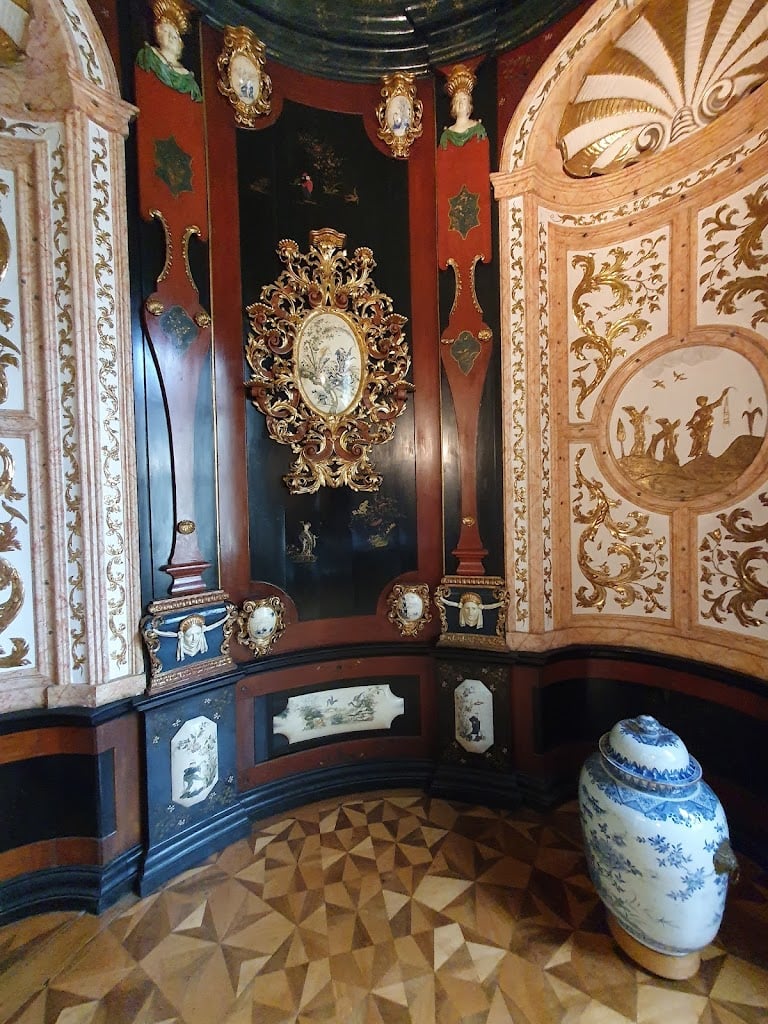
What people say
Pedro Pereira
Available for hire
"In the vicinity of Prague Castle, numerous elegant palaces were constructed by noble families, contributing to the distinctive character of Hradčanské náměstí, which is devoid of typical burgess houses. Among these notable structures is the Šternberk Palace, an exemplary piece of early high-Baroque architecture. Built after 1698 by Václav Vojtěch of Šternberk, this two-storied palace features four wings encircling a nearly square courtyard. The design is often attributed to various architects, including Domenico Martinelli and Giovanni Battista Alliprandi, though names like Jan Blažej Santini and Kryštof Dienzenhofer have also been mentioned.
The palace replaced an earlier Gothic and Renaissance structure owned by Kryštof Popel of Lobkowicz. A striking feature of the design is the cylindrical front that extends into the small garden on the western side, complemented by a picturesque mansard roof, a novel element of French architecture at the time. The courtyard is home to a monumental bronze statue of a lion crushing a boa snake, created by Antoin-Louis Bary in 1947.
Interior decorations throughout the palace enhance its architectural splendor, featuring elaborate stuccos by Giuseppe Donato Frisoni and paintings on oval mirrors by Michael Václav Halwax, depicting scenes from classical mythology. The Chinese lounge is adorned with chinoiseries and intricate artwork.
In the early 19th century, the palace served various educational and cultural purposes. After being sold in 1811, it hosted a picture gallery and later became associated with the National Museum. By 1872, it transitioned to a shelter for the feeble-minded and subsequently served military functions, including barracks for the Castle Guard after World War II. Following extensive renovations from 1946 to 1948, the palace became part of the National Gallery's collections, marking its importance as a cultural institution in Prague."
Read more in:
Wiktoria Górska-Kijanka
"Count Wenzel Adalbert of Sternberg, a key Bohemian magnate, commissioned the palace in 1708. Designed by Giovanni Battista Alliprandi, it was completed after his death. The palace served as a military facility and mental hospital before becoming the National Gallery’s headquarters post-World War II. It remains a notable example of High Baroque architecture, blending various artistic styles."
Read more in:
Sibley Slade
Available for hire
"As you step into Šternberský Palace in Prague, you're greeted by an elegant blend of Baroque architecture and rich history. Marvel at the intricate frescoes adorning the ceilings as you wander through the opulent halls. Don't miss the chance to explore the palace's impressive art collections, offering a glimpse into Prague's cultural heritage."
Mentioned in these guides
About Šternberský Palace
Get the inside scoop on Šternberský Palace from local experts, travel creators, and tastemakers. Browse genuine trip notes, Šternberský Palace reviews, photos, travel guides, and itineraries from real travelers and plan your trip with confidence.
Website
Phone
Save this spot for later or start mapping out a new trip today
Try our AI Travel Assistant and get instant answers to any questions about your trip.
Ask ThatchGPT
